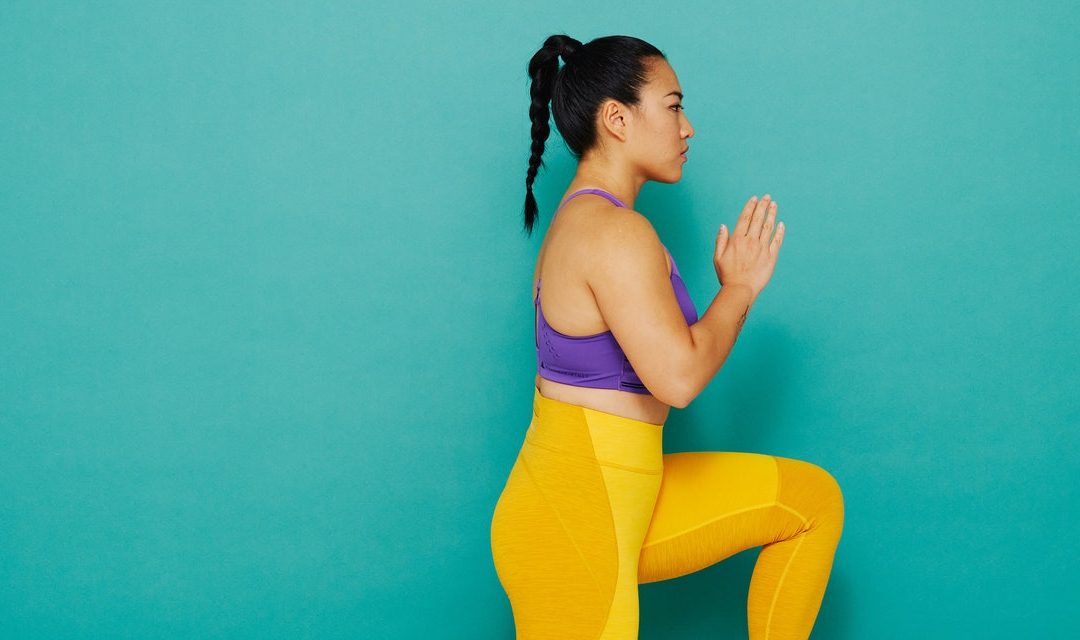When we started thinking about what we wanted to foster with our annual January workout program, we kept coming back to one thing: movement that is joyful, restorative, and makes you feel good. Thus, the Good Vibes Workout was born.
The goal of the Good Vibes Workout is to use movement as a tool to help beat the winter blues, the post-holiday doldrums, and the perpetual cycle of stress, exhaustion, and despair that’s become reality for many of us in the COVID-19 era. As a result, you’ll notice something very specific about this workout program: the routines are more focused on fun than specific outcomes.
We’re not going to challenge you to run an exact distance in a certain amount of time, lift a precise amount of weight, or strive toward a set number of reps. Instead, we’re encouraging you to move your body in a way that makes you feel energized, accomplished, and ready to take on the rest of your day.
Take our circuit-based strength training routines, which make up the majority of the workouts in this plan—there are 12 throughout the four weeks. These circuits are stacked with traditional bodyweight strength moves, as well as new variations of them to keep them fresh and fun.
The strength routines are key to the goal of Good Vibes, which may be surprising at first, since people tend to think of cardio as the kind of exercise that’s more linked to feeling energized and just simply mood-boosted. But that’s not the case: According to a review published in the American Journal of Lifestyle Medicine, research supports the role of strength training for bettering mental health. The review states that regular strength training can help reduce anxiety, improve sleep, and boost self-esteem. What’s more, women reported feeling “happier,” “invigorated,” and “more aware and alert” when they started strength training, as a 2021 review and meta-analysis in Prevention Science concluded. Add that to the physical benefits of resistance training, such as increased bone density, reduced blood pressure, and decreased low back pain, and you can see why we stacked our workout program with these.
We understand that the foray into strength training can be kind of intimidating, especially for those who are used to a more cardio-only mentality—and the untrue belief that you have to get super-sweaty to get an effective workout. It can take a bit of a mental shift to recognize that your body is definitely still working when you’re doing moves like squats, planks, and push-ups, even though you’re probably not moving around as much or dripping in sweat like you would be if you were doing cardio. Plus, these exercises provide a solid foundation that will help you prepare to tackle added resistance, whether it’s with dumbbells, kettlebells, or resistance bands, to really maximize strength or muscle-building goals.
The importance of strength training doesn’t take away from the fact that cardio is still a vital part of a balanced active lifestyle—and something that can help you feel amazing, too. Getting your heart rate up has tons of benefits, including increased endurance, lower cardiovascular risk, a stronger heart, and—like with resistance training—a boosted mood. That’s why we mixed in some traditional cardio exercises (like jumping jacks and skater hops) in your strength circuits, which, coupled with the more work-less rest programming, will help you reap the benefits of both resistance training and aerobic exercise all at once.

